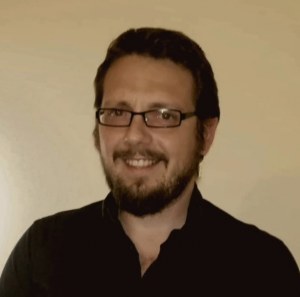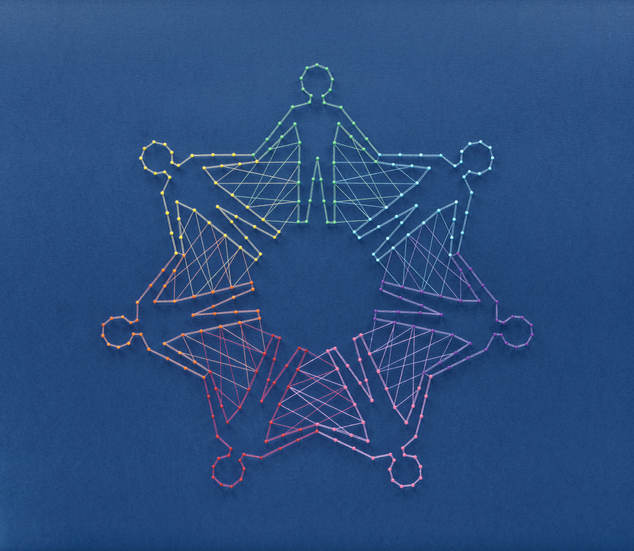“The secret of change is to focus all your energy, not on fighting the old, but on building the new”
– Way of the Peaceful Warrior
Men’s Health Week aims to highlight the importance of men’s wellbeing globally. Hence, public health education around mental and physical health for men is a central tenet of the week.
In the UK, male suicides account for three out of four of the total number of suicides, and for men suicide is a main cause of death for those under the age of 35. This trend is reflected globally, with male suicides being over twice as high as those of women (13.9 per 100,000). While it’s clear that mental health issues affect all individuals and communities in many ways (and to varying levels), within research and literature a pervading question stands out: why don’t men utilize support for mental health? Maybe a more apt question could be: How do we engage more men in therapy?
Talking the talk
While we must always respect diversity, inclusivity, and individual differences, it is important to note that there is a wealth of research available alluding to a sense of shame that men can experience around help-seeking behaviors and seeking emotional support. Fears around perceptions (of self and others) of being weak, or somehow unmasculine, are common concerns among men who approach mental and general health services. Despite the prevalence of awareness around mental health issues, discord is still apparent on a global scale between the number of men accessing therapy services and – for example – suicide rates.
I noted as I grew older that my dad’s use of imagery and metaphor to describe dealing with life’s hardships centered around action, motion and physicality (“got to crack on son… grip it and move on”). “Driving ahead” became a go-to for any difficulty great or small—from house moves, to break-ups, or financial troubles. Nonetheless, my own sense of dad was never that he was unemotional or cut off from his own sense of feeling—it was in fact the opposite.
Language shapes our perceptions, and therefore changing perceptions lends itself to changing language and the way we talk about things. The mental health arena is no different, and preliminary research has suggested that the way we talk about mental health might affect men’s perceptions. Terms such as “mental health,” “wellbeing,” and “mindfulness” have been commented on as woolly, unspecific, and overused. Further to this, some newer research has shown that there is a preference in the male demographic to lean towards terms such as “stressed out,” “not feeling 100 percent,” and “not feeling as strong” to describe other mental health issues, e.g. depression. In one sense, using these terms can be a way to manage the unknown and negate the vulnerability associated with perceptions of feeling weak and “unmanly.” It’s no secret after all that anger, with its connotations around physicality and “doing,” is seen widely as an emotion prevalent among men, whereas accessing guilt, shame, and sadness, for example, are perhaps more difficult.
As mentioned previously, individual differences must be taken into consideration. However, understanding is key. Listening to the language men use around their emotional life is a first step to making key meanings. It’s important to remain conscious of avoiding stereotyping as much as we can—for example, a lack of emotional language or understanding of emotion bar anger may not necessarily suggest hypoemotionality or that men simply don’t feel. Instead, understanding may come from accepting the social construction of cultural norms—traditionally for men, emotionality has been overshadowed by aggression, self-sufficiency, and risk-tolerance to name a few. A solution-focused approach to men’s therapeutic work begins with acceptance of the language men may use around self-definition. From here, goal setting can align with these definitions.
Looking to strengths
While much dialogue exists around gender-role socialization, perhaps there are ways we can harness the strengths of solution-focused practice. Solution-focused work begins with the humanistic premise that clients exist for who they are beyond their problem, with a key outlook on the future. Far from concerning itself with causality, solution-focus work looks ahead and asks clients—what do things look like when change occurs? Solution-focused work looks for the exception to the rule (when did things seem different?), where moving forward pertains to building and constructing through questioning. Goal setting then, highlights and works with strengths on the basis that clients are in charge of their own change.
If solution-focused work is a model based on a belief in pre-existing strengths, is it possible to harness this approach to work with, not against, men? Sharing and dialogue in therapy center around emotionality and a willingness to be open. However, if these are seen as shameful by a primarily male demographic, taking a different approach in line with how men make meanings can work with, rather than against, socialized masculinity.
Solving problems and an emphasis on taking responsibility can be a key feature of this phase of the process, while encouraging thinking about exceptions to the rule (exception questioning) can be used to highlight and recognize moments of being in control in the past. Envisioning precedes action, and an emphasis on moving forward—the action planning phase of goal setting—is secured by measuring its success via scaling questioning.
If understanding how men self-define is the first step, and accepting these self-definitions is the second, then perhaps the third is aligning with their strengths and working with them. In terms of engagement, knowing our audience is absolutely crucial. Appealing to men means making services accessible through facilitating alignment to (and identification with) what’s being offered. In this sense, staying aware of the needs and perceptions of men can offer an opportunity to grow services towards having greater reach. If therapy was promoted and marketed in such a way, services may see an increase in utilization. Thus, emphasizing the forward action aspect of therapy work in EAP may appeal to a broader range of male service users.



































